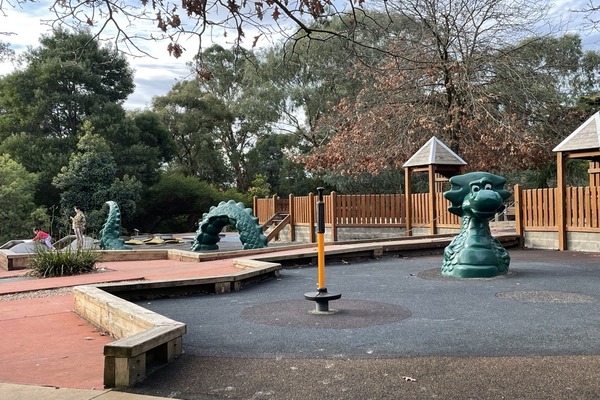With bumper crops lining the horizons Local Land Services is urging landholders to keep an eye out for locust activity and report any suspected Australian plague locusts.
The agency is advising landholders to look closely at any grasshoppers that may be appearing around crops.
The increased groundcover across the state means early locust sightings may be harder to spot.
- Adult plague locusts usually like to lay eggs in harder loamy red soils, especially on compact roads next to crops, tree lines and farm buildings, especially those built on higher ground such as ridges
- Locust egg beds can be identified by a series of small holes in the earth, but they can be difficult to find
- One reliable indicator of new hatchlings emerging is the presence of flocks of ibis, wood swallows, crows and other large birds, which like to feed on them
- Adults of the Australian plague locust can be readily distinguished from other species by the large dark spot on the tip of the hindwings and distinctive scarlet hindleg shanks. Adult body colour is variable and can be grey, brown or green
- Adult males measure 25-30 mm long while females are 30-42 mm long
- A good guide to learn about the different locust and grasshopper types can be found here
If you suspect Australian Plague Locusts or have any other pest sightings or impacts to report, please contact your nearest Local Land Services Biosecurity Officer on 1300 795 299.
/Public Release. View in full here.







